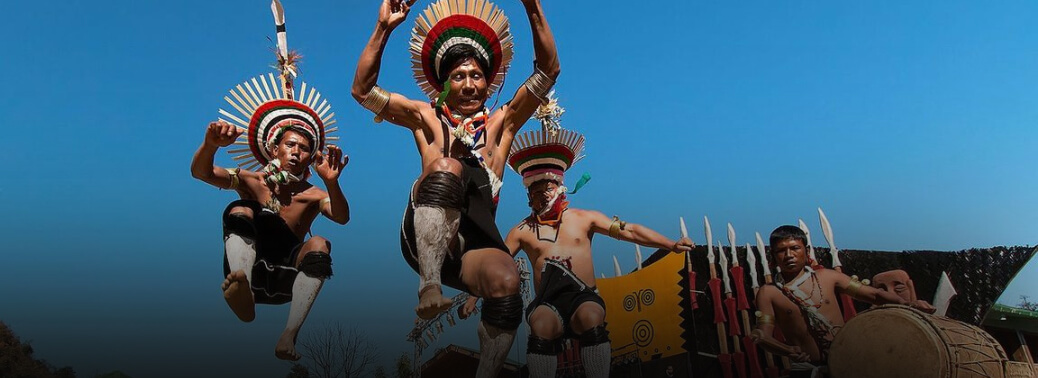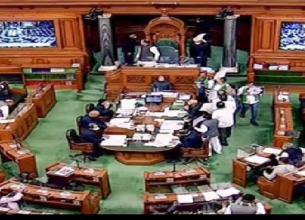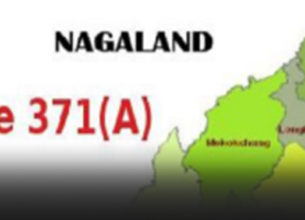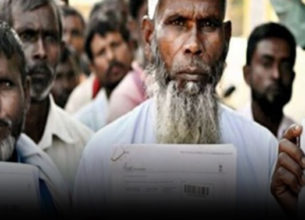NAGALAND TO SET UP A REGISTER OF INDIGENOUS INHABITANTS
02, Jul 2019

Prelims level : Governance G3 – Policies
Mains level : Government policies and interventions for development in various sectors and issues arising out of their design and implementation
- Context: After Assam, Nagaland government has initiated a move to implement its own version of citizenship register for indigenous communities of the state.
What is Nagaland’s Initiative?
- According to a notification issued by the Government of Nagaland has decided to set up a Register of Indigenous Inhabitants of Nagaland (RIIN) with the aim of preventing fake indigenous inhabitants’ certificates.
- The RIIN will be the master list of all indigenous inhabitants of the state.
- The RIIN list will be based on “an extensive survey”.
- It will involve official records of indigenous residents from rural and (urban) wards and would be prepared under the supervision of the district administration.
- All indigenous inhabitants of the state would be issued a barcoded and numbered Indigenous Inhabitant Certificate.
- The process will be conducted across Nagaland and will be done as part of the online system of Inner Line Permit (ILP), which is already in force in Nagaland.
What is Inner Line Permit?
- Inner Line Permit (ILP) is an official travel document required by Indian citizens residing outside certain “protected” states while entering them.
- The ILP is issued by the Government of India and is obligatory for all those who reside outside the protected states.
- With the ILP, the government aims to regulate movement to certain areas located near the international border of India.
- ILP’s origin dates back to the Bengal Eastern Frontier Regulations, 1873, which protected the British Crown’s interest in tea, oil and elephant trade.
- It prohibited “British subjects” or Indians from entering into these protected areas. After Independence, in 1950, the word “British subjects” was replaced by Citizens of India and the focus of the ban on free movement was explained as a bid to protect tribal cultures in North-eastern India.
















